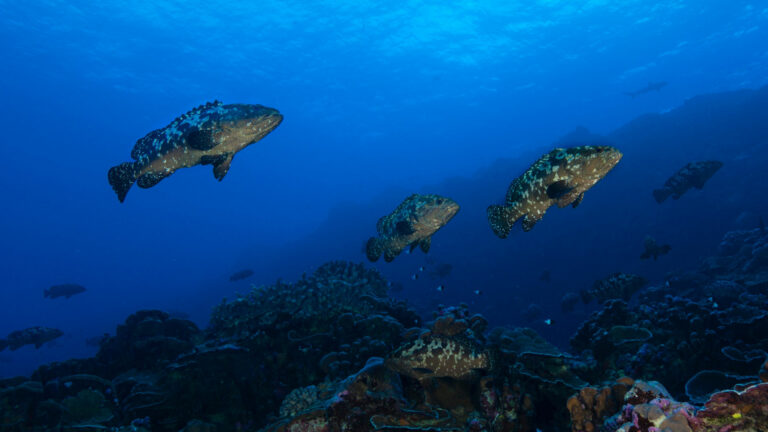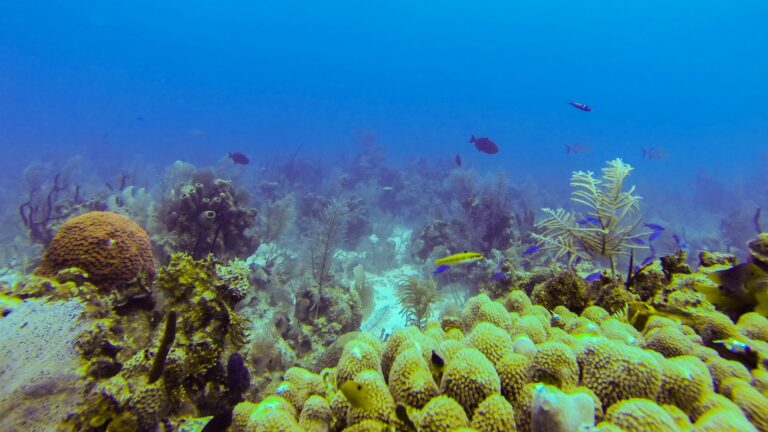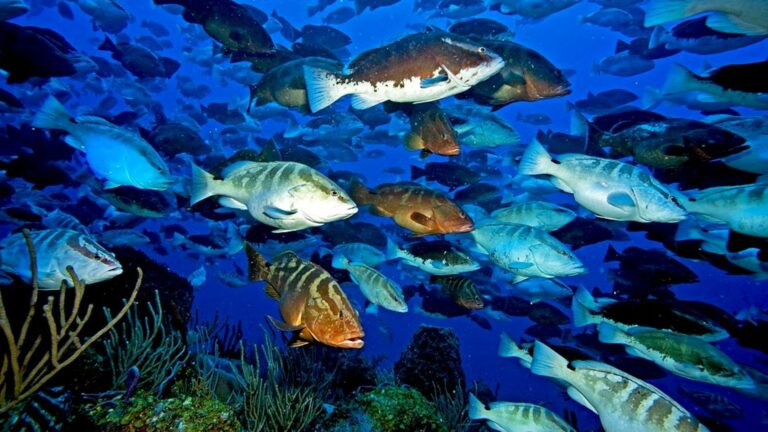Help prevent coral bleaching by using reef safe sunscreen.
As a visitor to Turneffe Atoll, you’ll be helping to conserve coral reefs and the marine wildlife that depends on them. However, your time here may also have impacts that you might not be aware of. Wearing sunscreen is a sensible precaution against the Caribbean sun – but when you swim, dive or snorkel, it washes off, and the chemicals that enter the water as a result can add to reef stress.
Many common brands of sunscreen contain substances that have been linked to coral bleaching, and the combined total from everyone who comes to Turneffe can start to cause real problems.
We certainly wouldn’t ask you to go without sunscreen, but by making more mindful product choices, you can avoid burns and coral damage at the same time. Look out for “reef safe” sunscreen – it’s just as effective at protecting your skin, but the chemicals it contains are waterproof and safe for corals.
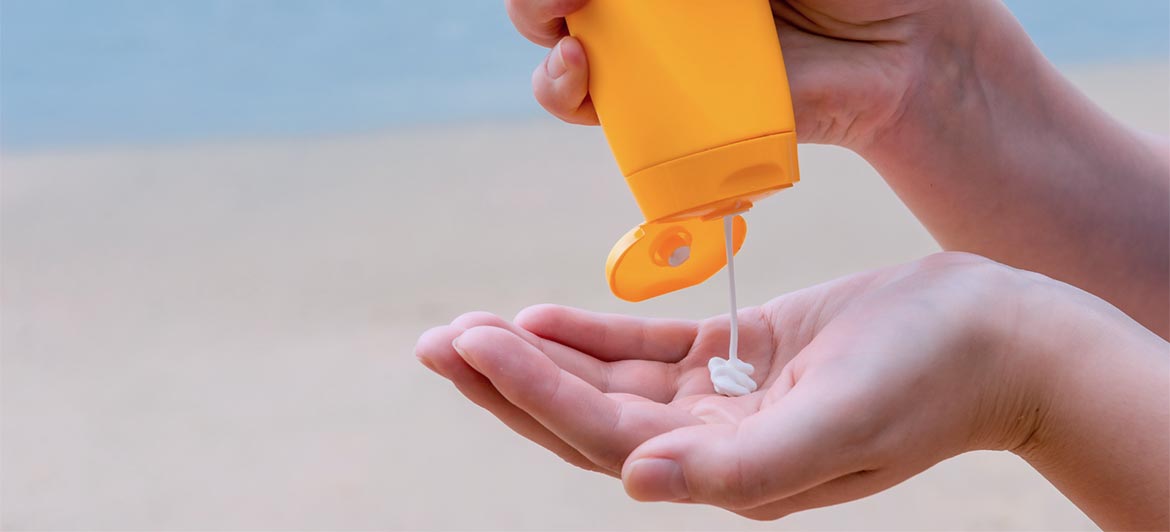
How your sunscreen can damage the reef
Harmful chemicals in sunscreen can be absorbed by corals, and this can disrupt their reproduction and growth. Some corals have been found to convert oxybenzone (a common ingredient in many brands of sunscreen) into a light-activated toxin which is then absorbed by the symbiotic algae (zooxanthellae) that live inside their tissues. The corals will then expel their zooxanthellae, leading to coral bleaching.
Other common chemicals in sunscreen, such as paraben, cinnamate, benzophenone, and camphor derivatives, can make corals more vulnerable to viruses. These factors combine to make the reef less resilient to other threats such as climate change and rising ocean temperatures.
Just a drop in the ocean?
The chemicals in sunscreen are incredibly strong, and can affect reef health even at very low concentrations. Research has shown that oxybenzone can cause bleaching at 62 parts per trillion – that’s the equivalent of one drop in 6.5 Olympic-sized swimming pools.
Even at low concentrations, it seems that some sunscreens caused complete bleaching of corals, while oxybenzone can increase abnormalities or mortality in coral and fish larvae. The nanoparticles found in some sun care products can be passed up through the food chain, reaching harmful concentrations in marine mammals.
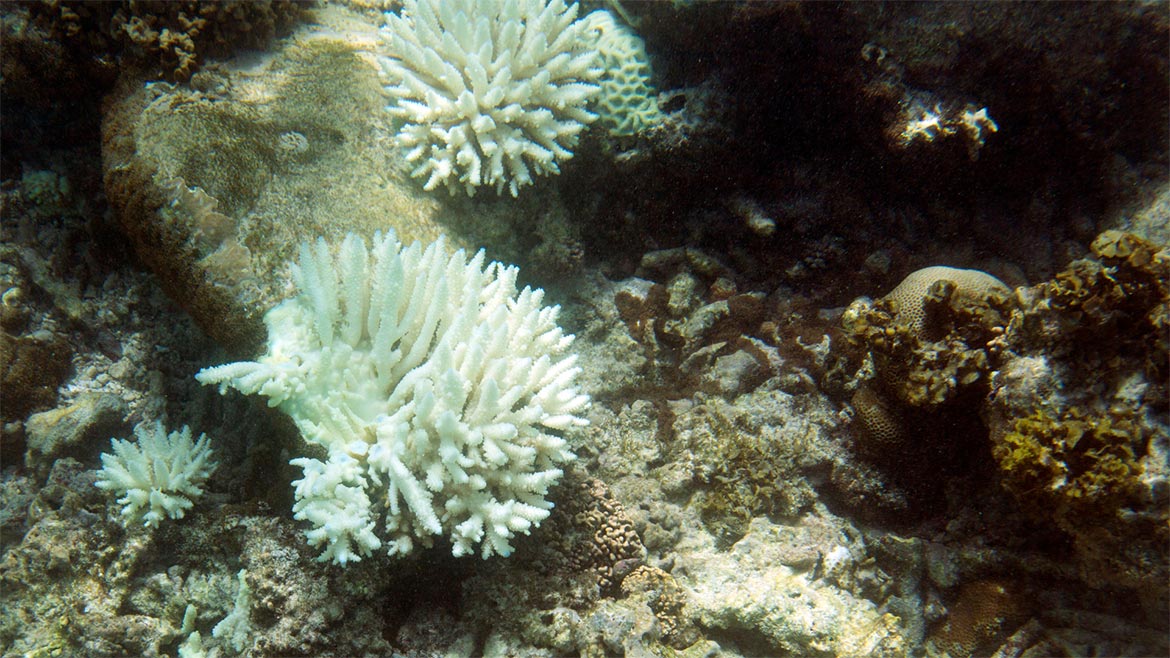
Harmful chemicals to watch out for
There are two main types of sunscreen: chemical and mineral. Chemical sunscreens absorb UV light using synthetic compounds, while mineral sunscreens work by reflecting the sun’s rays.
Chemical sunscreens often include substances that can harm coral, while the active ingredients in mineral sunscreen (such as zinc oxide and titanium dioxide) are generally considered to be safe for use in the ocean.
The size of the particles in your sunscreen is also important – unless the packaging specifies “micro-sized” particles, you can assume that the product contains smaller – and more harmful – nanoparticles.
When choosing a sunscreen for your visit to Turneffe Atoll – or any other beach or ocean destination – try and avoid the following chemicals (check the list of active ingredients on the label):
- Oxybenzone
- Octinoxate
- Octocrylene
- Homosalate
- 4-methylbenzylidene camphor
- PABA
- Parabens
- Triclosan
- Nanoparticles or “nano-sized” zinc or titanium
- “Exfoliating beads” or other microplastics
Choosing a reef safe sunscreen can be tricky. There is not yet any requirement for brands to ensure that their sunscreen products are reef safe, and some brands may try to mislead you by labelling their products as “ocean friendly”. However, these sunscreens will often still contain harmful chemicals such as oxybenzone, and are best avoided.
Top tips for sun safety at Turneffe Atoll
- Read the label! Look out for the harmful ingredients listed above.
- Avoid spray-on sunscreen, as this is rarely reef safe.
- Wear a hat, long sleeves and sunglasses to reduce the amount of sunscreen you need.
- Wear a high-SPF rash vest when swimming or snorkeling, and a wetsuit when diving.
- Stay in the shade during the hottest times of the day.
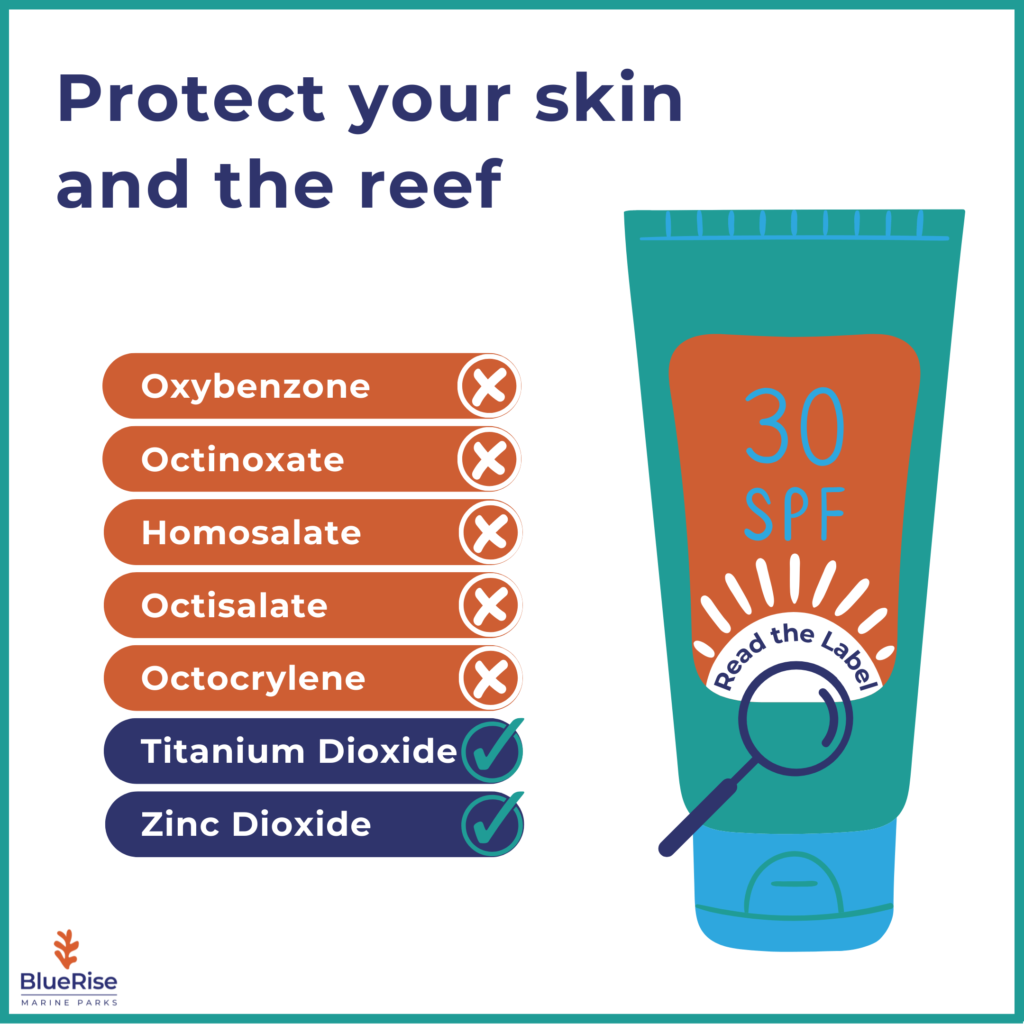
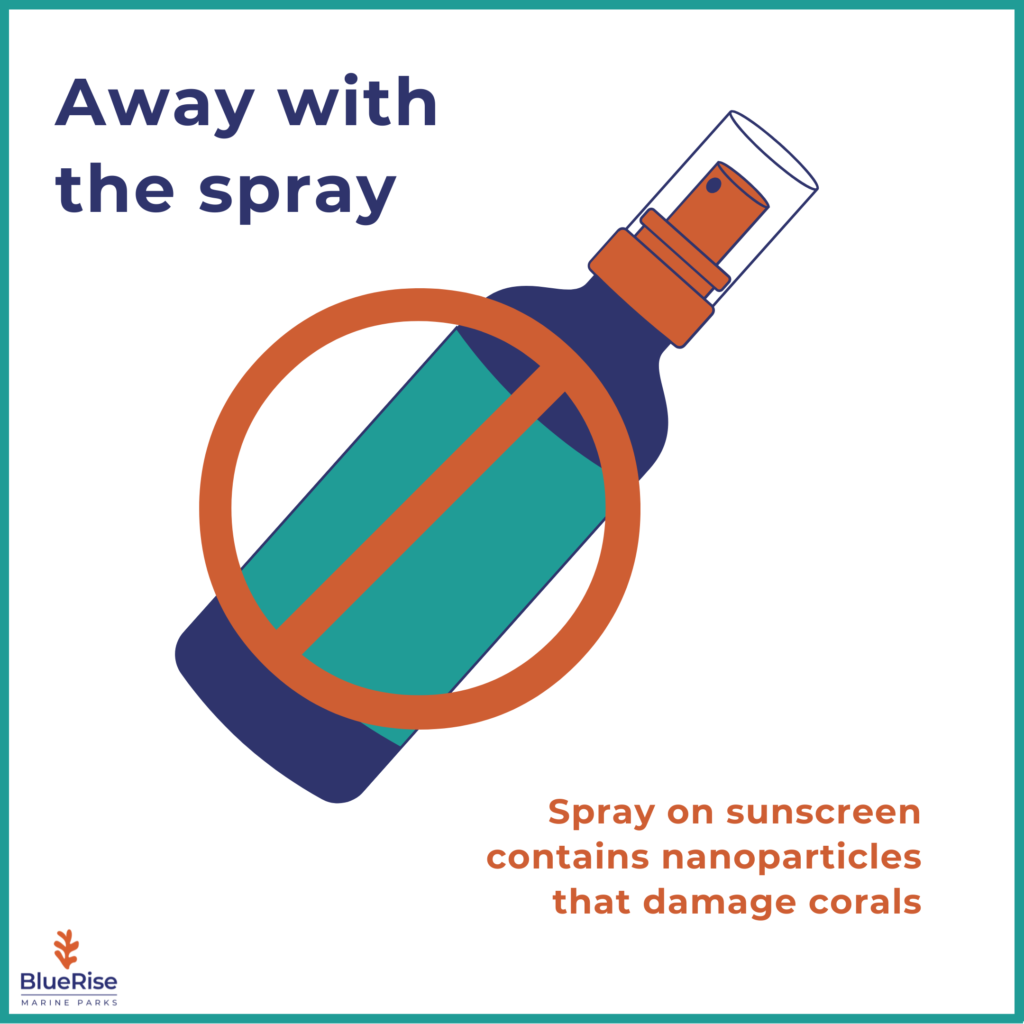
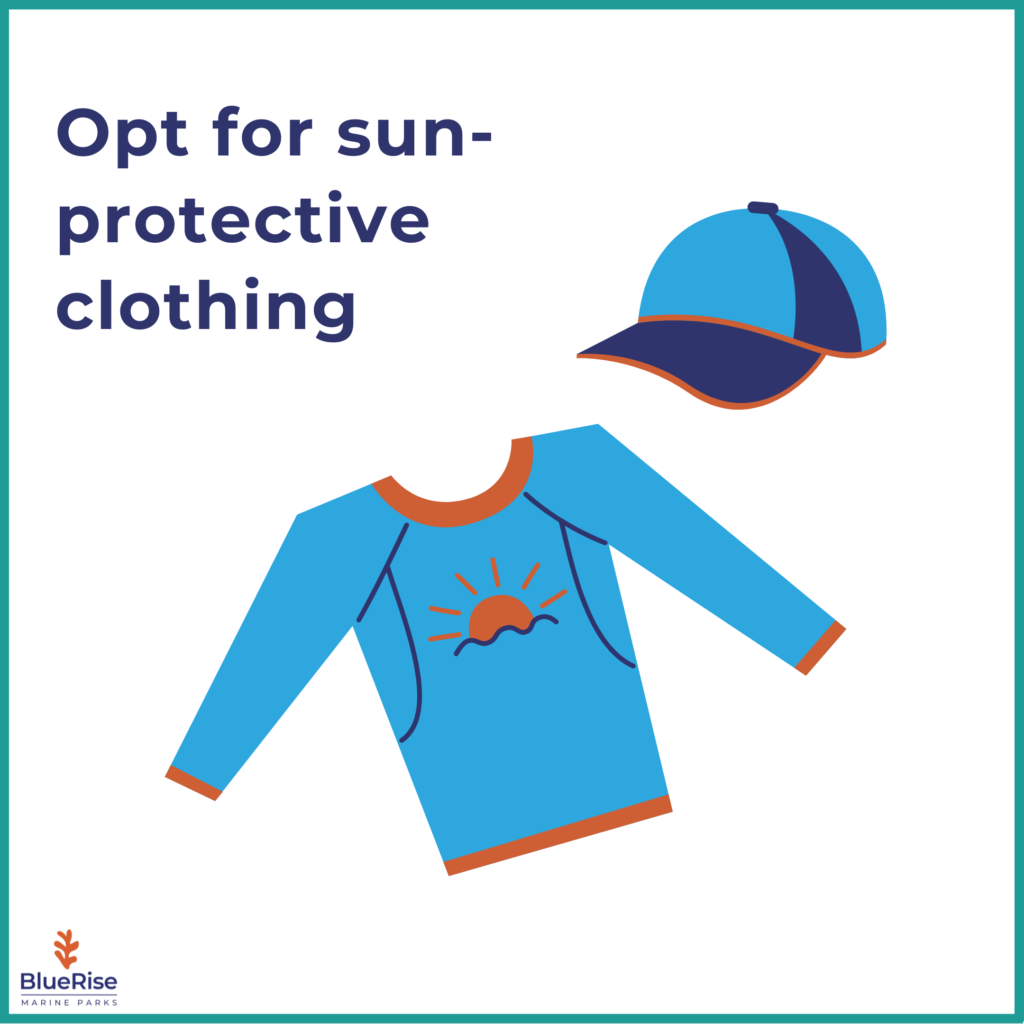
By choosing reef safe sunscreen, you can enjoy a sunburn-free visit to Turneffe Atoll and help to preserve the reefs at the heart of the marine reserve. Last but not least, please recycle any empty sunscreen bottles (if you can’t do this locally, please take them home with you).

